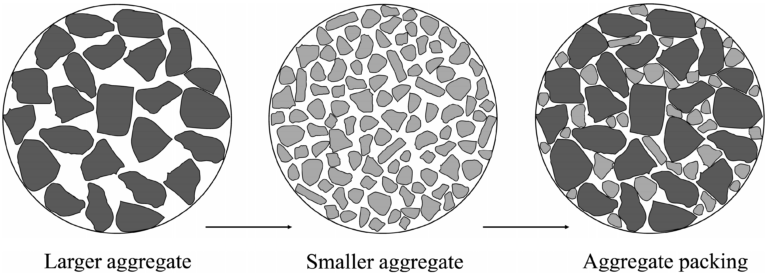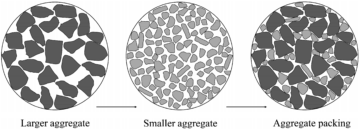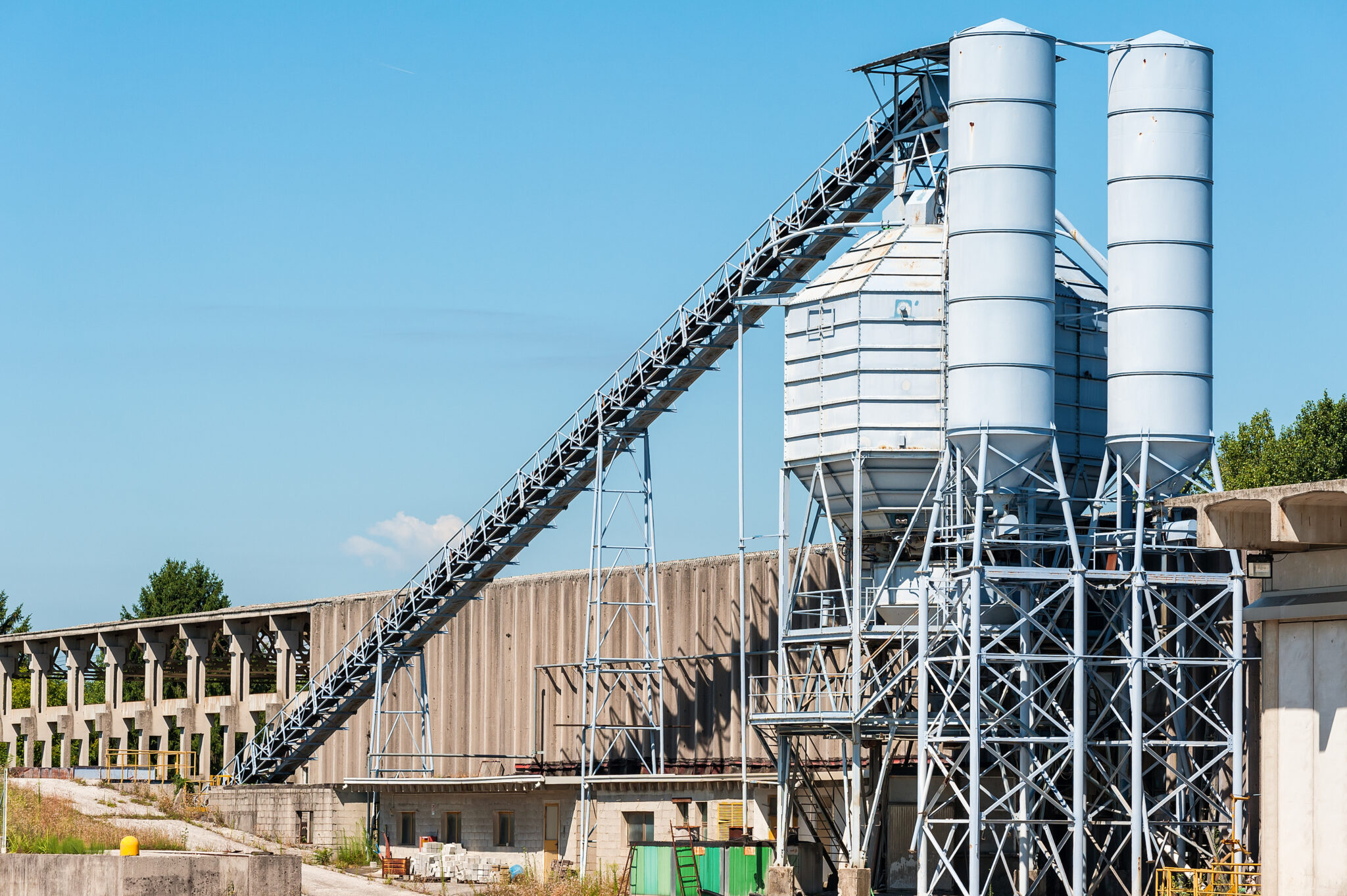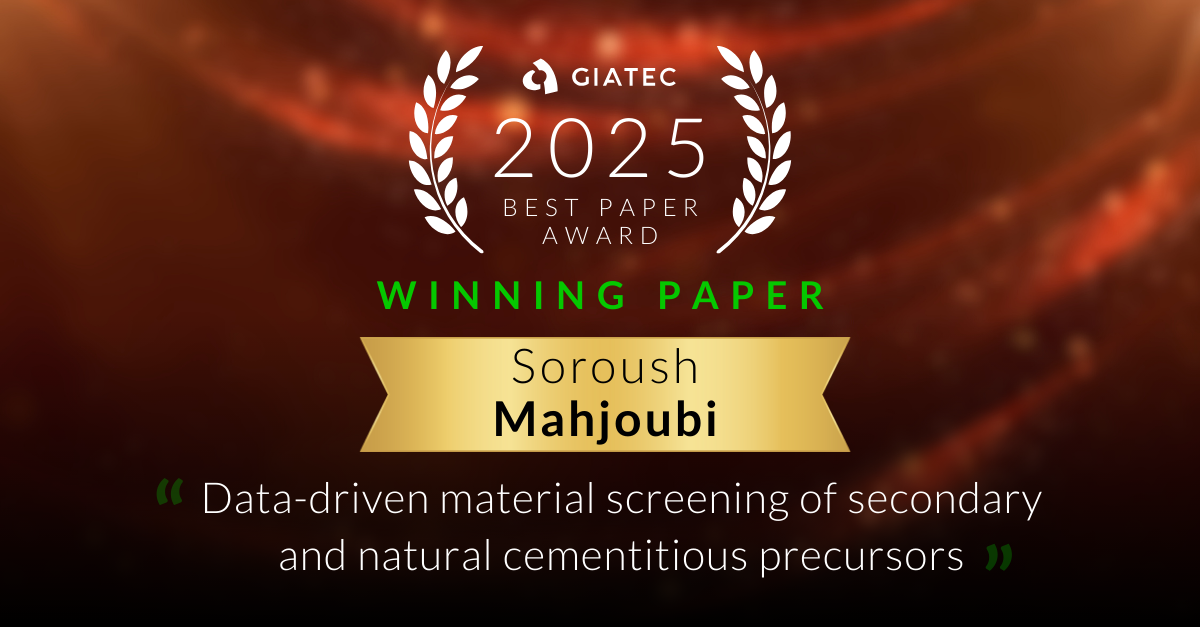SmartRock® Long Range Savings for Big Projects
In the world of concrete mix design, one of the most critical yet often overlooked aspects is aggregate packing in concrete. While it may sound technical, the concept is straightforward and can make a world of difference in the quality, cost, and sustainability of your concrete. To make this concept easy to grasp, let’s use a simple analogy.
Imagine trying to fill a cup with balls. If you use only large balls, the cup will fill quickly, but there will be lots of empty spaces between them. Now, if you add smaller balls, they fit into the spaces left by the big ones, filling the cup more efficiently. If you go a step further and sprinkle in tiny beads to fill the smallest gaps, you’ve maximized the cup’s capacity. This is exactly what aggregate packing does for concrete—it ensures that the mix is dense and efficient by minimizing voids.
Why Does Aggregate Packing in Concrete Matter?
The aggregates in concrete (sand, gravel, and crushed stone) serve as the skeleton that provides strength and bulk. However, not all aggregates are created equal, and how they fit together has a profound impact on the performance of the final mix. Here’s why aggregate packing models are so important:
- Enhanced Workability: When aggregates are well-packed, the mix flows more smoothly, making it easier to place and compact. Gaps between particles are minimized, meaning less effort is needed to achieve a uniform surface or fill forms.
- Reduced Cement Usage: Cement is the most expensive and carbon-intensive ingredient in concrete. A poorly packed mix with excessive voids demands more cement paste to fill those gaps. By optimizing aggregate packing, you can significantly cut down on cement without compromising performance.
- Increased Strength: The fewer the voids, the denser the concrete. Denser concrete is inherently stronger and more capable of withstanding loads, making it ideal for high-performance applications.
- Improved Durability: A dense mix resists cracking, water ingress, and chemical attacks, ensuring that structures last longer with lower maintenance costs.
- Environmental Benefits: By reducing cement usage, you’re also cutting down on the carbon emissions associated with cement production, contributing to more sustainable construction practices.
Packing Models in Practice
The goal of aggregate packing in concrete is to achieve the most efficient arrangement of particles. Engineers use packing models to determine the right proportions of coarse, medium, and fine aggregates. These models are based on particle size distribution (PSD), which shows the range of aggregate sizes in a mix.
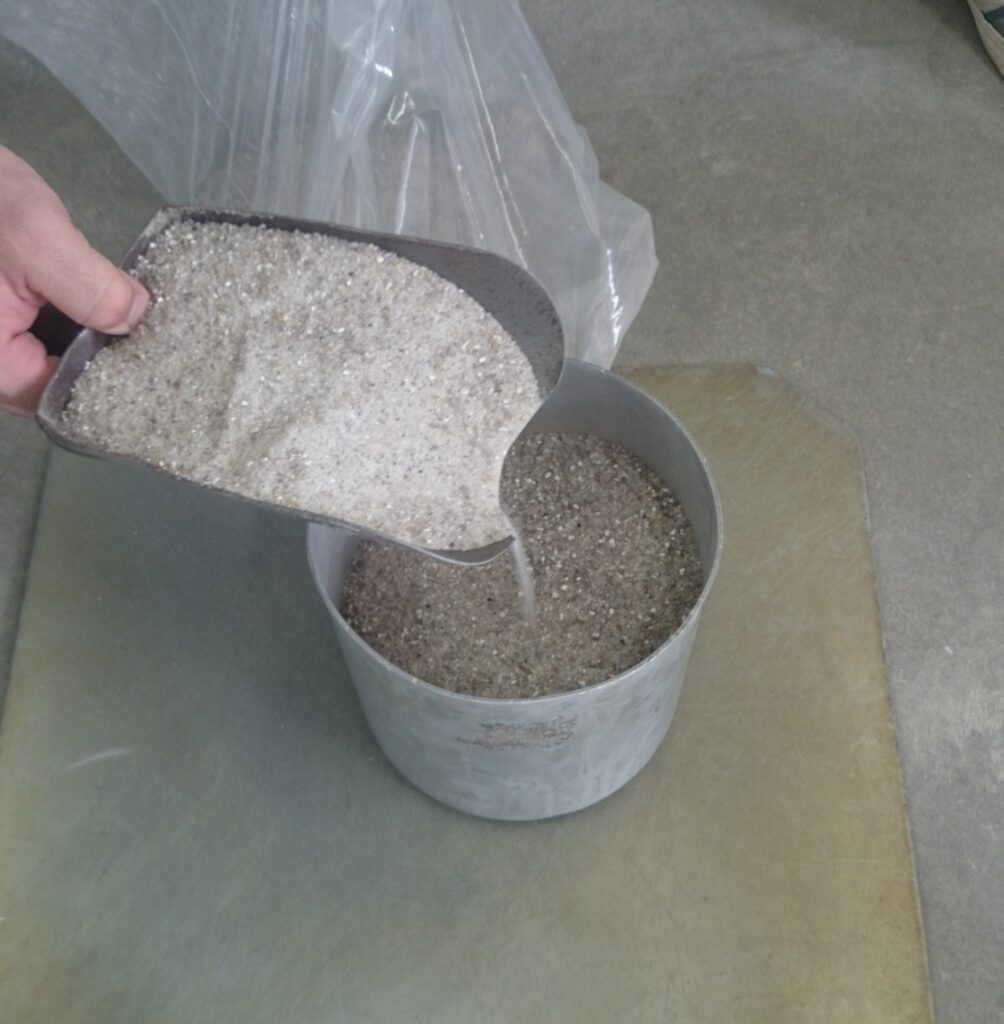
For example, a concrete mix designed without considering packing might rely heavily on an uneven distributed grading. This creates large void spaces that need to be filled with cement paste, leading to a more expensive and less durable mix. On the other hand, a mix that balances multiple sizes (proper aggregate grading) ensures that particles fit together like a puzzle, reducing voids and optimizing performance.
SmartRock® Long Range Savings for Big Projects
Tools for Better Packing
Modern concrete technology has made it easier than ever to design well-packed mixes. Here are some common tools and techniques:
- Particle Size Distribution Analysis: Sieve analysis or advanced digital methods provide a clear picture of aggregate sizes in your mix.
- Packing Algorithms: Software tools can predict the ideal combination of aggregates for specific applications.
- Trial Mixes: On-site testing helps fine-tune the proportions for real-world conditions.
Real-World Example
Let’s say you’re designing a mix for a bridge deck. A traditional approach might involve a high cement content to achieve the desired strength and durability. However, by applying a packing model, you could use a combination of large gravel, medium sand, and fine mineral fillers to create a dense mix. This not only reduces the cement content but also enhances the concrete’s resistance to freeze-thaw cycles and chloride penetration, extending the lifespan of the structure.
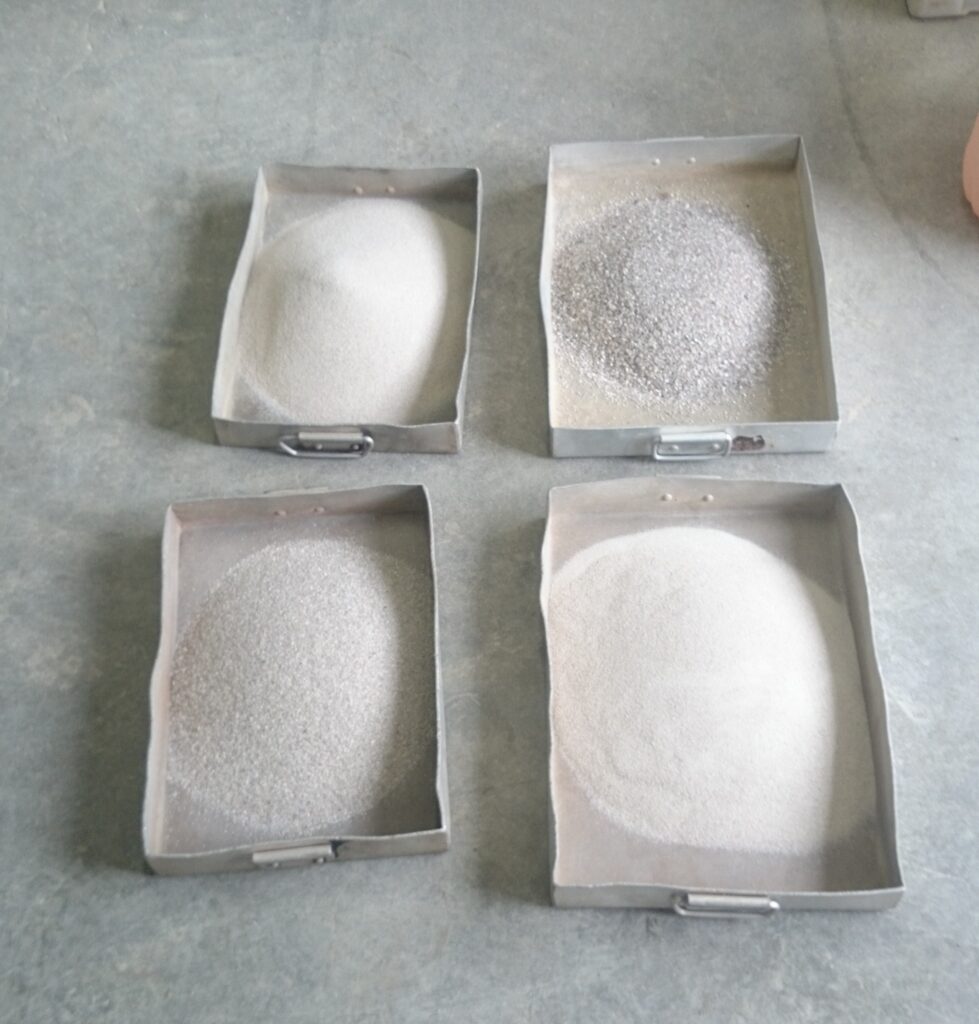
Bringing It All Together
The big ball-small ball analogy is more than just a simple explanation; it’s a reminder of the importance of balance in mix design. Proper aggregate packing in concrete is like building a strong foundation—without it, you’re left compensating for inefficiencies elsewhere in the mix.
By understanding and applying packing models, you can create concrete that is not only stronger and more durable but also more economical and environmentally friendly. Whether you’re working on a skyscraper, a road, or a simple patio, aggregate packing is the key to unlocking superior performance.
So, the next time you start a project, take a moment to think about how the aggregates in your mix fit together. With the right approach, you’ll achieve a mix that performs better in every way.

